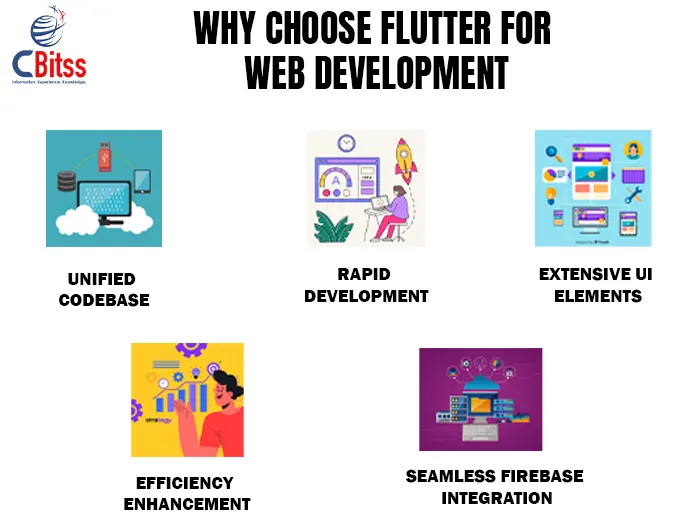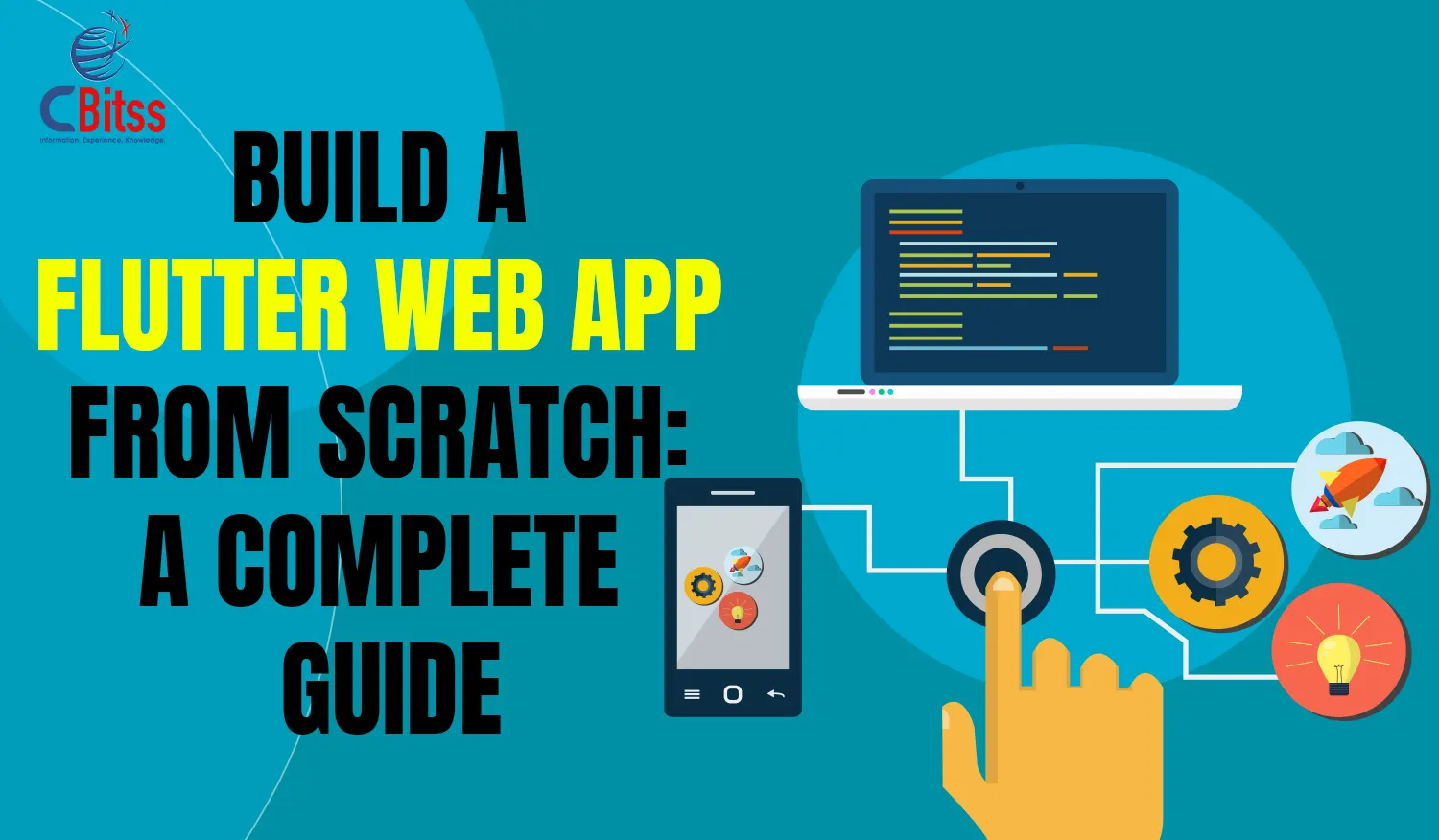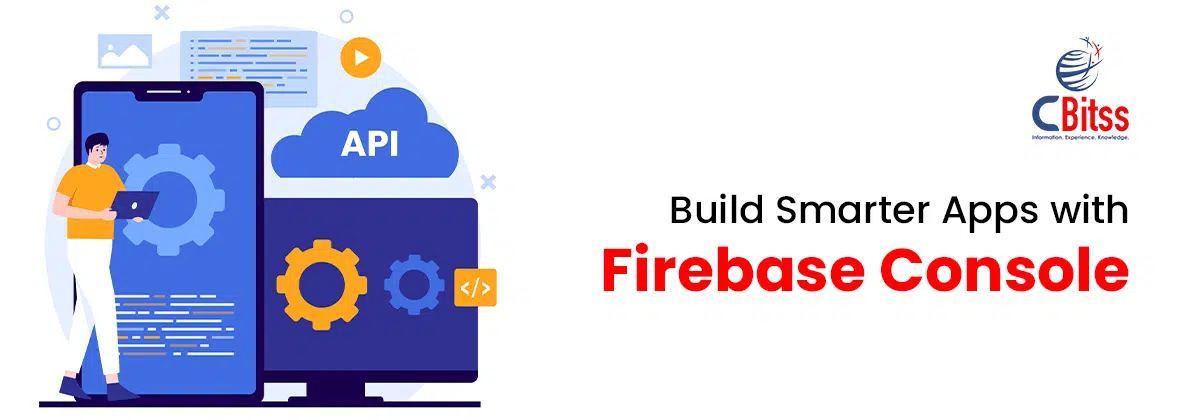Table of Contents
ToggleIntroduction
The digital landscape continues to advance quickly while web applications gain greater popularity. Both businesses and developers have embraced Flutter for web app development because it delivers efficient functionality flexible design options and the ability to work across multiple platforms. Google’s open-source UI toolkit Flutter enables developers to build applications for web, mobile, and desktop platforms with just one codebase. This article demonstrates how to construct a Flutter web app starting from the installation stage and continuing through to deployment.
What Is Flutter?
Developers can build native applications for mobile, web, and desktop platforms from one codebase thanks to Google’s powerful UI framework Flutter. Flutter uses Dart for programming and includes a comprehensive collection of pre-built widgets that enable developers to build attractive applications.
We should first explore Flutter’s strengths as a web development platform before beginning our development journey. If you’re just starting out or looking to sharpen your skills, enrolling in a Flutter and Dart bootcamp can help you master the language used in Flutter and the framework effectively.
To expand your learning path, consider exploring Flutter and Dart courses offered by reputable Flutter training institutes that cover everything from flutter basics to advanced state management.

Why Choose Flutter for Web Development?
Several factors contribute to Flutter’s increasing popularity in web development.
- Develop and deploy your application once across mobile, web, and desktop platforms with a single codebase.
- Fast Development occurs through hot reload features, which enable real-time updates without needing app restarts.
- The platform provides a large selection of customizable UI widgets.
- The Skia Graphics Engine powers Performance Optimization to deliver smooth rendering results.
- Integration with Firebase – Makes backend development easier.
- Now, many developers also launch their Flutter-based applications across platforms, including publishing their Flutter app on Google Play, ensuring greater visibility and access.
After learning about Flutter’s benefits and industry recognition, we can begin configuring our development environment.
Gain step-by-step guidance on creating responsive and scalable Flutter web applications effortlessly.
Setting Up the Development Environment
These steps will guide you through building a Flutter web application.
- The most recent Flutter version can be downloaded through the official Flutter website.
- After downloading Flutter, extract the file and configure the required system environment variables.
- You should run a system check to confirm all dependencies have been installed correctly.
- Select an Integrated Development Environment (IDE) like VS Code or Android Studio to handle coding and debugging tasks.
After completing the setup, you can start a new Flutter web project and initiate development.
Understanding the Project Structure
A Flutter web project includes multiple critical directories.
lib/ – The main folder where developers build the core application logic.
The web/- directory holds the main HTML file, which enables the Flutter web application to display content.
pubspec.yaml/ – serves as the configuration file that handles both dependencies and asset management for a project.
The test/ – directory contains files required for unit testing and ensuring application stability.
Master the essentials of Flutter development and design beautiful, high-performance web experiences.
Designing the User Interface
Flutter’s UI construction relies on widgets that enable developers to build interactive and dynamic designs. Widgets offer customizable options and flexible design approaches to deliver superior user experiences. Developers can create visually attractive web applications easily by blending different layouts with various themes and styling elements.
Beginners can start with Flutter basics like Container, Row, Column, and Text widgets, and gradually move to complex UI elements.
Adding Interactivity
Flutter enables state management to facilitate real-time dynamic interaction. Developers have multiple state management languages available to use in Flutter, including:
Provider– Simplifies data handling across the app.
Riverpod– An enhanced version of Provider.
Bloc & Cubit- Serve as scalable and structured solutions for state management.
Redux- Provides an appropriate solution for extensive applications that require sophisticated state management systems.
If you’re progressing from Flutter beginner to advanced, try building small apps using these patterns, then contribute to flutter open source projects for practical experience.
Deploying the Flutter Web App
Hosting Platform | Key Features |
Firebase Hosting | Fast, secure, and integrates well with Flutter backend services. |
GitHub Pages | Free and easy to host static websites. |
Netlify & Vercel | Simple deployment, automatic CI/CD, and great for dynamic apps. |
Deployment follows the completion of the app build process. Multiple hosting platforms support Flutter web application deployment.
The deployment process requires developers to optimize their application before building a release version and uploading it to their chosen hosting platform.
This guide demonstrated how to perform Flutter web development by showing users how to configure their environment and deploy a working web application. The combination of easy usability, along with its hot reload functionality and cross-platform features makes Flutter the preferred framework for web development.
Begin your journey with Flutter today to effortlessly create outstanding web applications! Please pose any questions you might have using the comment section below.

Sukhamrit Kaur
Sukhamrit Kaur is an SEO writer who loves simplifying complex topics. She has helped companies like Data World, DataCamp, and Rask AI create engaging and informative content for their audiences. You can connect with her on LinkedIn.







